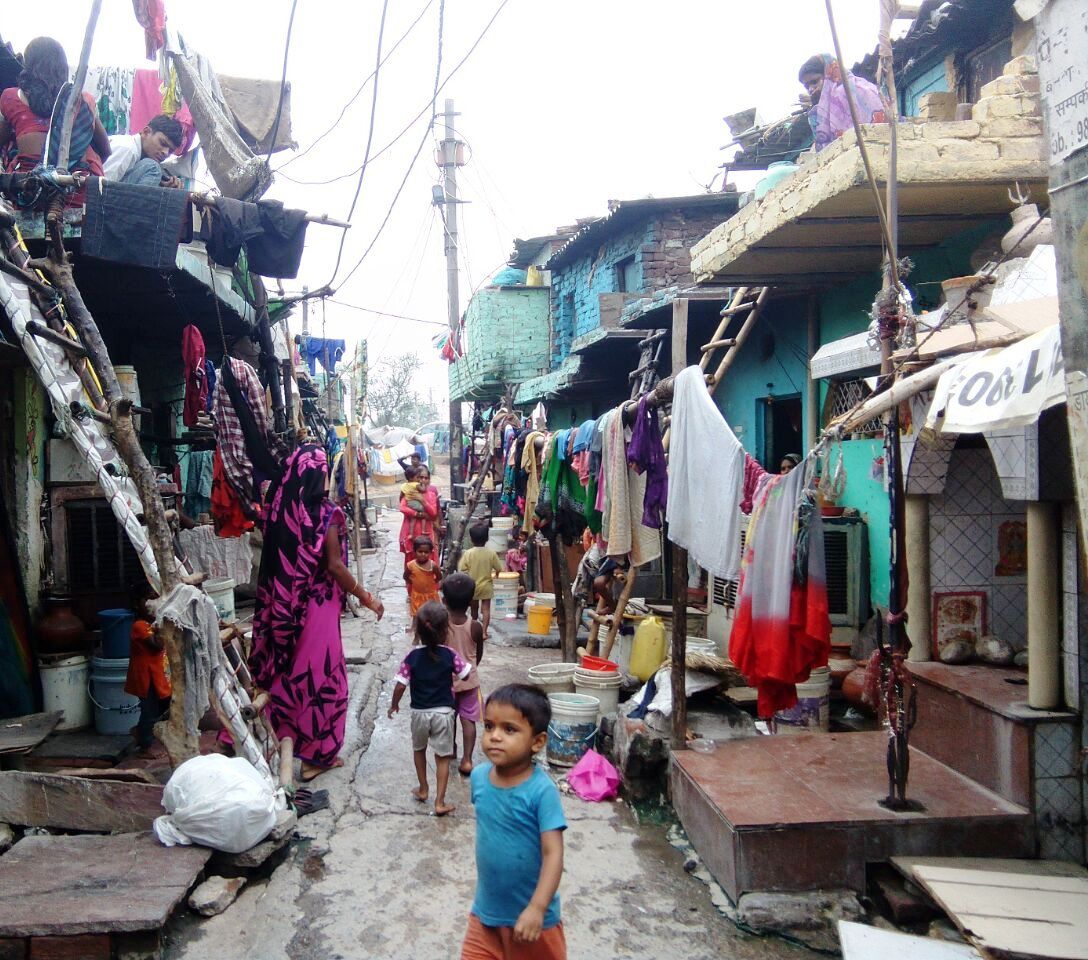Another Realm is Possible

Published by TEHELKA [Author: Shivani Chaudhry | Date Published: 29 January 2005] [Note: My piece on Brazil's remarkable Rural Landless Workers' Movement ( MST ) — which just commemorated 41 years — was published in the weekly newspaper Tehelka . Since the paper has been discontinued and its online archives deleted, I'm posting the article here.] "Power’s fence of war closes in on the rebels, for whom humanity is always grateful... But fences are broken. The rebels search each other out… They find each other and together break other fences..." (Zapatista leader, Subcomandante Marcos, Chiapas, Mexico) In some way, we are all fenced in. Enclosed within different fences. Fences that restrict, impede, ruin. But the struggle for justice, for equality, for change, is about breaking fences. Always. Everywhere. Breaking fences resolutely, passionately, strategically. That’s what Brazil’s Rural Landless Workers’ Movement ( Movimento dos Trabalhadores Rurais Sem Terra ...



